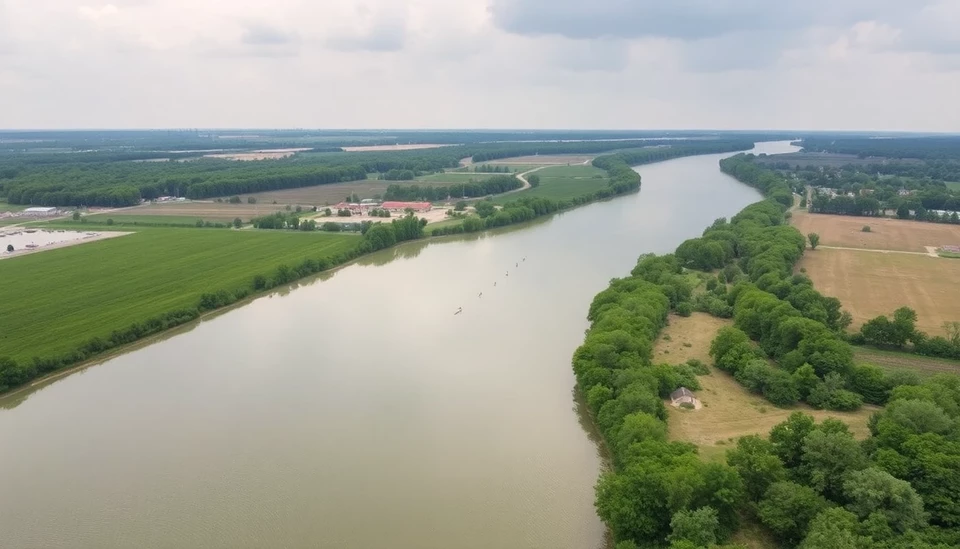
The Mississippi River, a vital artery for American agriculture, is experiencing alarming drops in water levels, heightening concerns for farmers as they head into the critical harvest season. This situation has unfolded once again under severe drought conditions, affecting a wide swath of the Midwest region and amplifying existing worries about supply chains and crop yields.
Recent reports indicate that the water levels along the Mississippi have plummeted to some of the lowest points observed in years. This decline poses significant logistical challenges for the transportation of agricultural goods. The river serves as a primary route for shipping corn, soybeans, and other crops from the Midwest to international markets. As farmers prepare to harvest, they are confronted with the dire prospect of diminished shipping capacity and delayed deliveries.
Experts have highlighted that this year’s drought is particularly acute due to below-average rainfall during critical growth periods, compounding the usual risks associated with farming in the region. According to the U.S. Drought Monitor, parts of Missouri, Illinois, and Arkansas are facing exceptional drought conditions, with estimates suggesting that nearly 60% of the lower Mississippi Basin is under some level of drought stress.
The repercussions of this drought are not just limited to logistical headaches for farmers. Many are also facing diminished crop yields, which could lead to financial instability. The situation is further exacerbated by rising input costs and ongoing supply chain disturbances that have plagued the agricultural sector for the past few years. Farmers are now grappling with the reality that their profits could be at risk as they navigate these unpredictable conditions.
In addition to immediate agricultural concerns, the impact of drought on the Mississippi River raises alarms about potential long-term ecological consequences. The decreased water levels can affect fish populations and other wildlife habitats that depend on the river’s health, adding another layer of complexity to an already challenging situation.
As stakeholders watch the unfolding events, some are urging for increased investment in sustainable water management practices and the adoption of advanced agricultural technologies that can help mitigate the impacts of climate change. There is a growing consensus that bolstering resilience in the agricultural sector is crucial for dealing with the ongoing and future challenges posed by climate variability.
As the harvest season approaches, farmers, policymakers, and environmentalists alike are holding their breath to see how this crisis will evolve and what solutions can be implemented to support the agriculture industry amid environmental uncertainties. The coming weeks will be critical in determining the extent of the implications for U.S. farmers and the economy at large.
With these developments unfolding, it becomes increasingly clear that the Mississippi River's health and vitality are intricately tied to the future of American agriculture and the livelihoods of countless farmers across the nation.
#MississippiRiver #Drought #Farmers #USAgriculture #ClimateChange #SupplyChain #HarvestSeason #AgriculturalCrisis
Author: Megan Clarke




